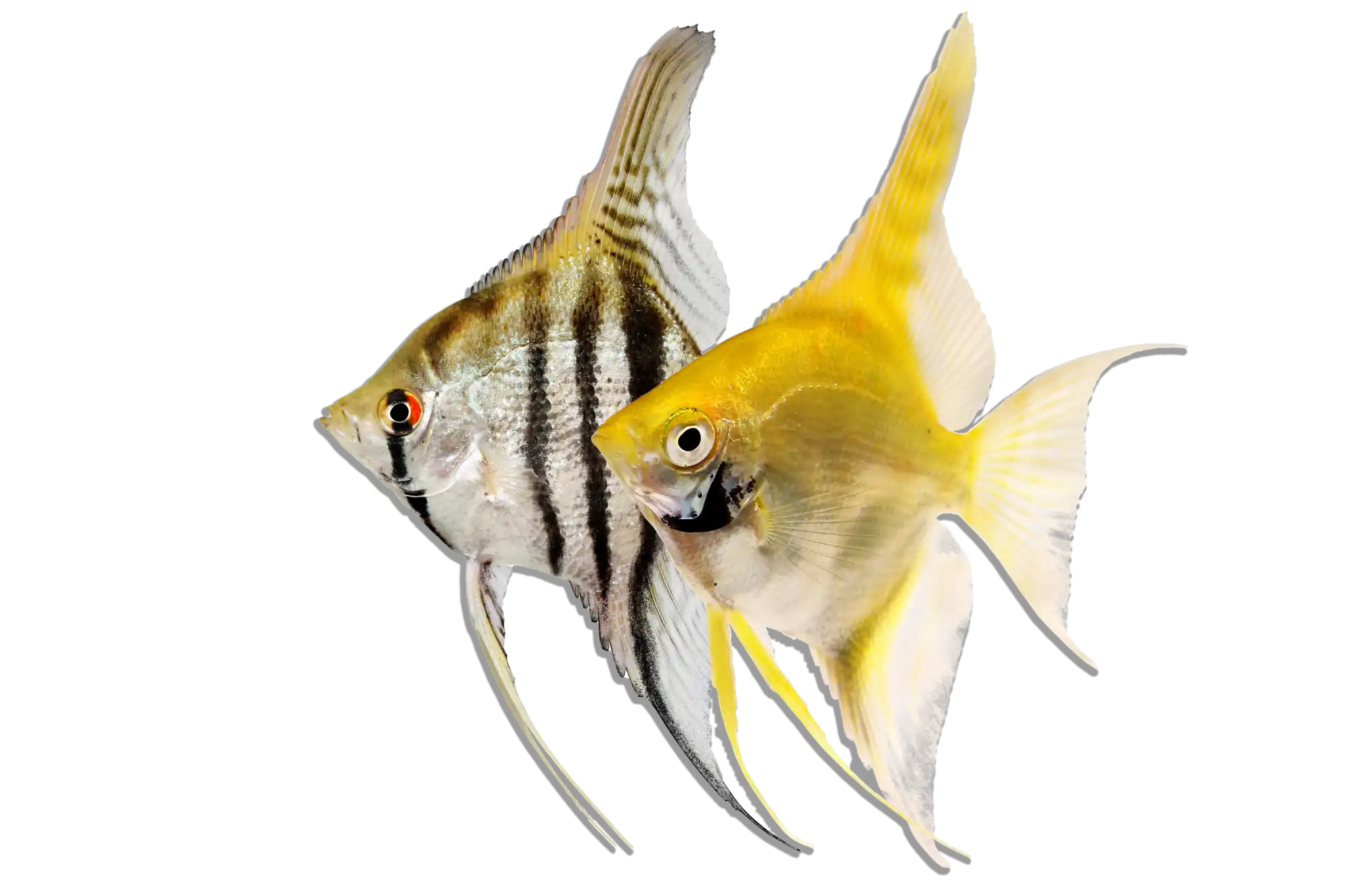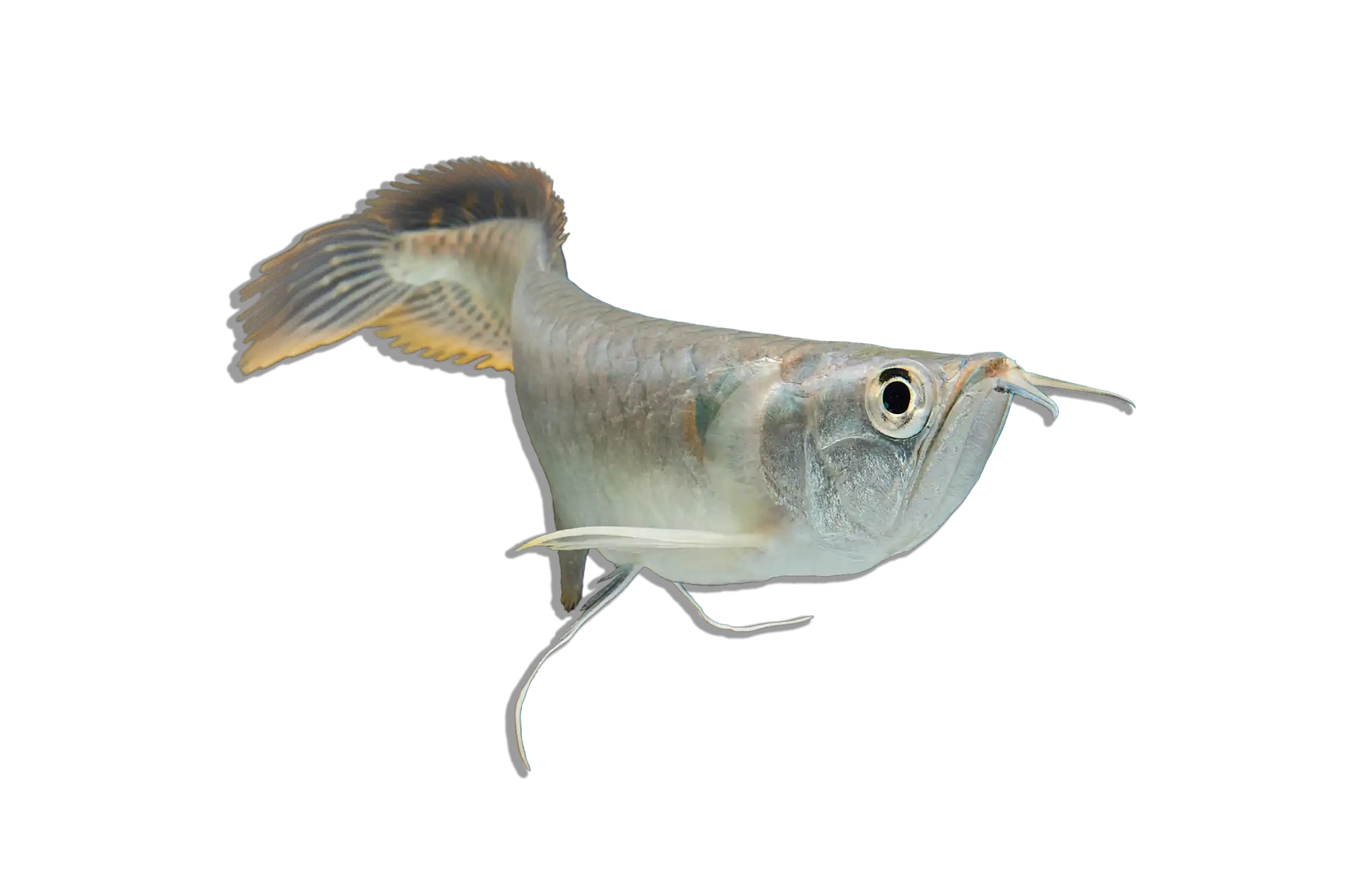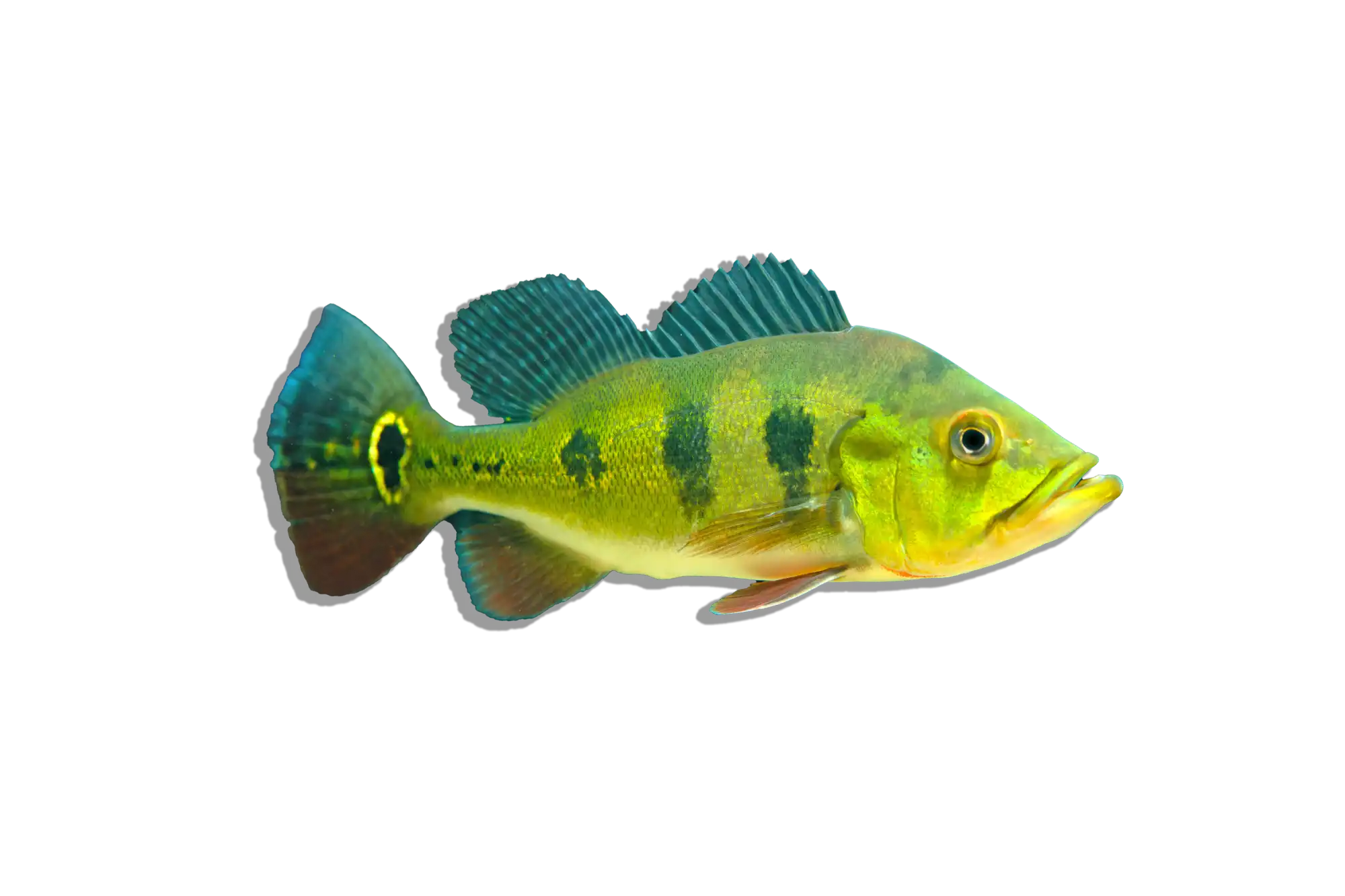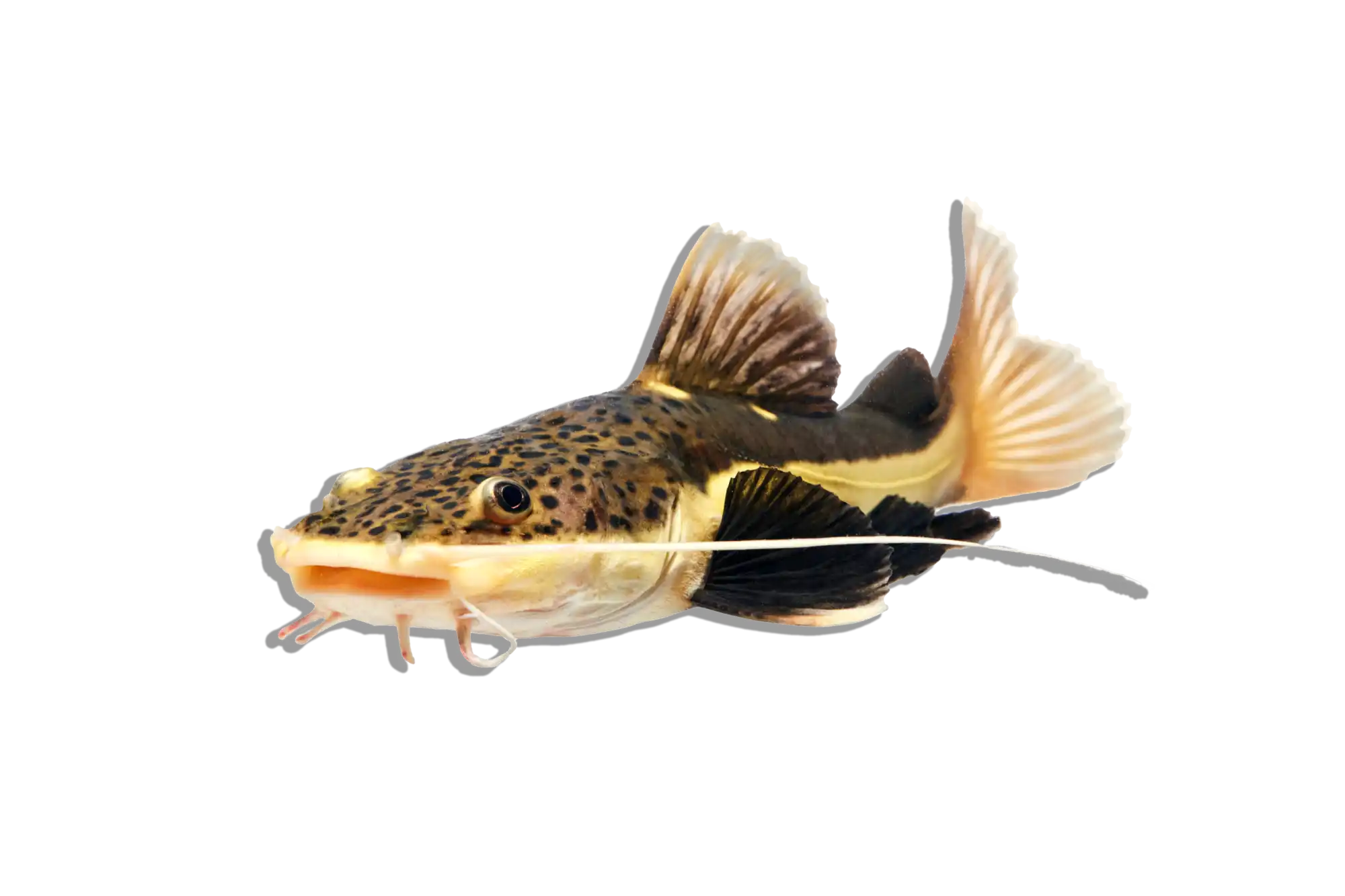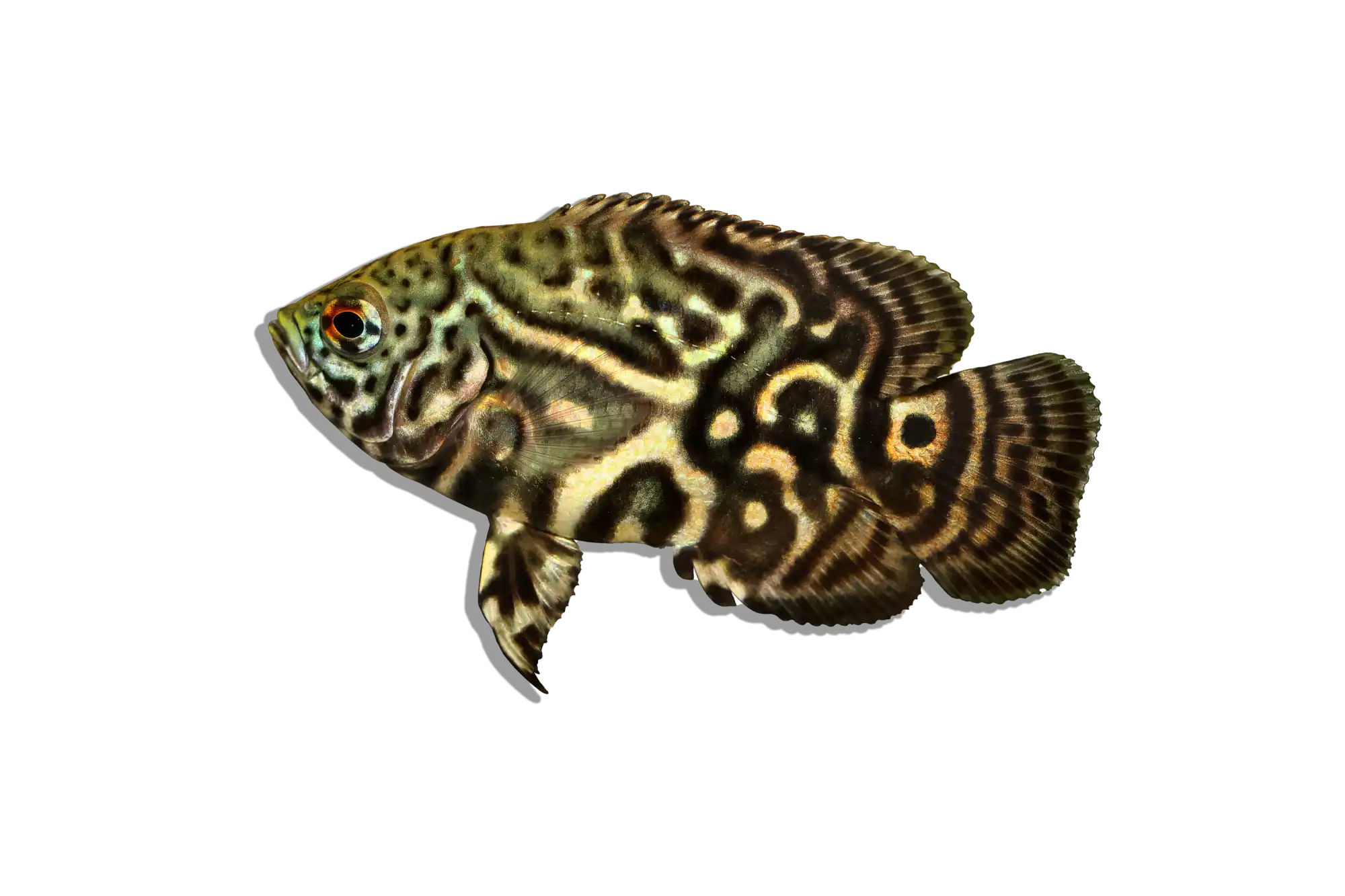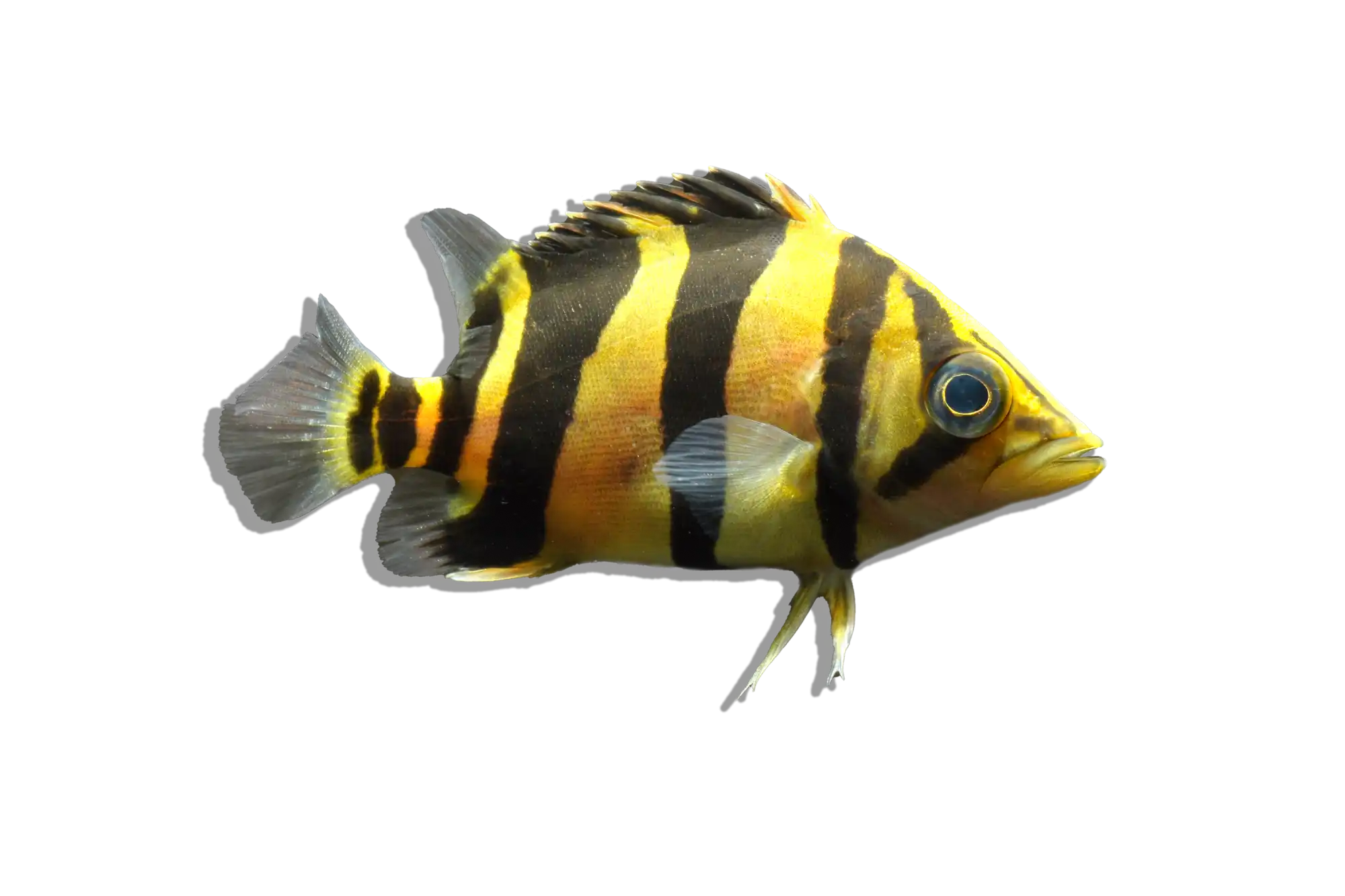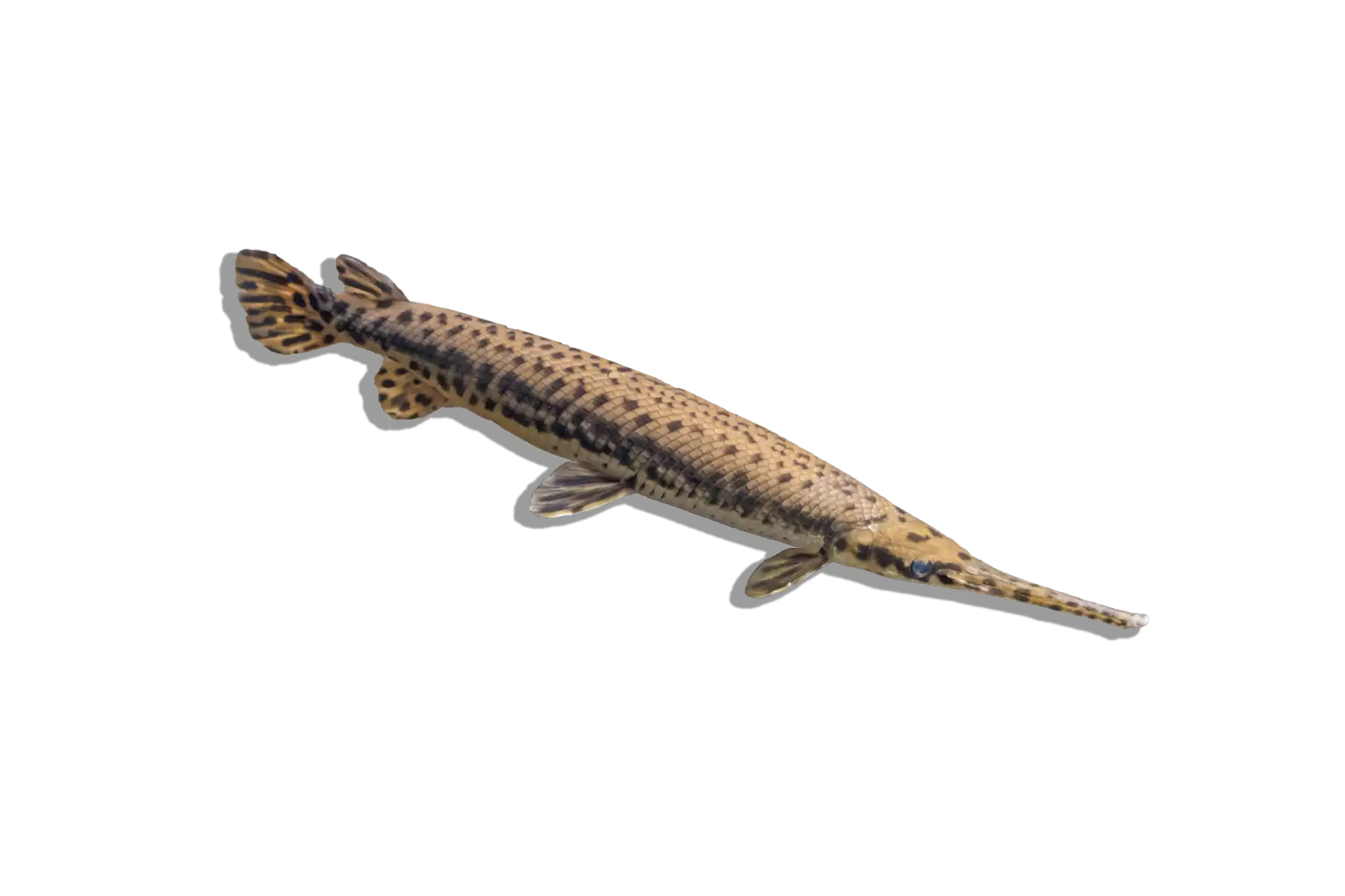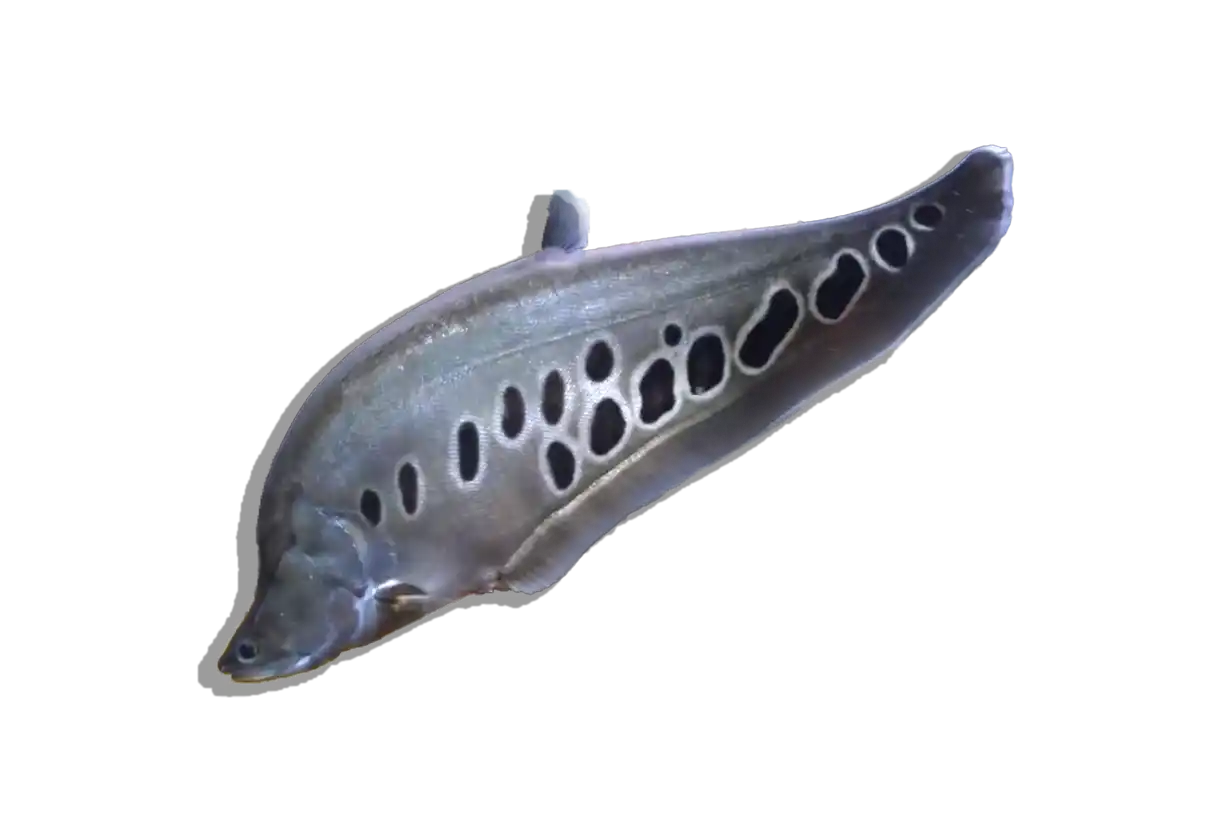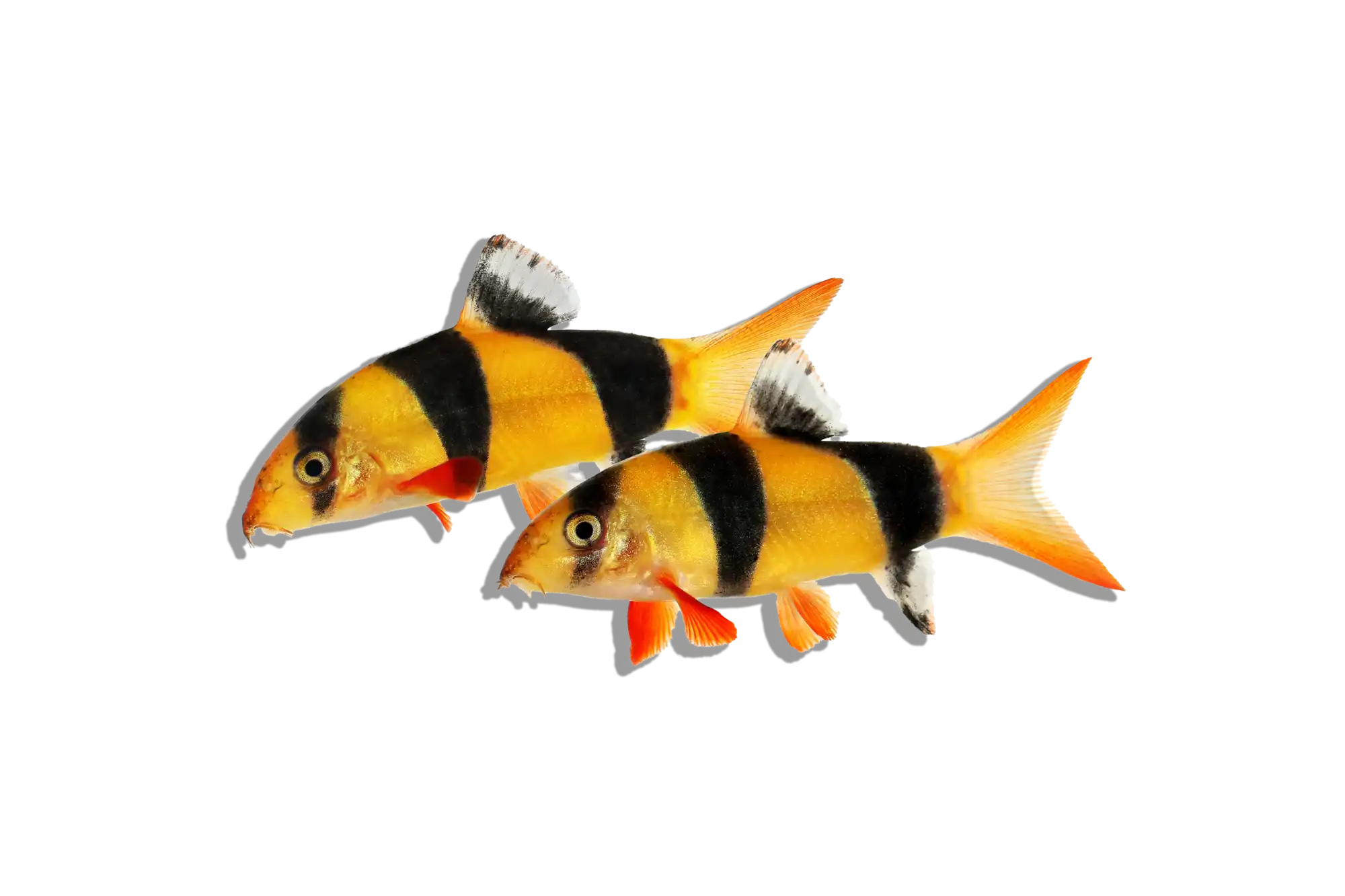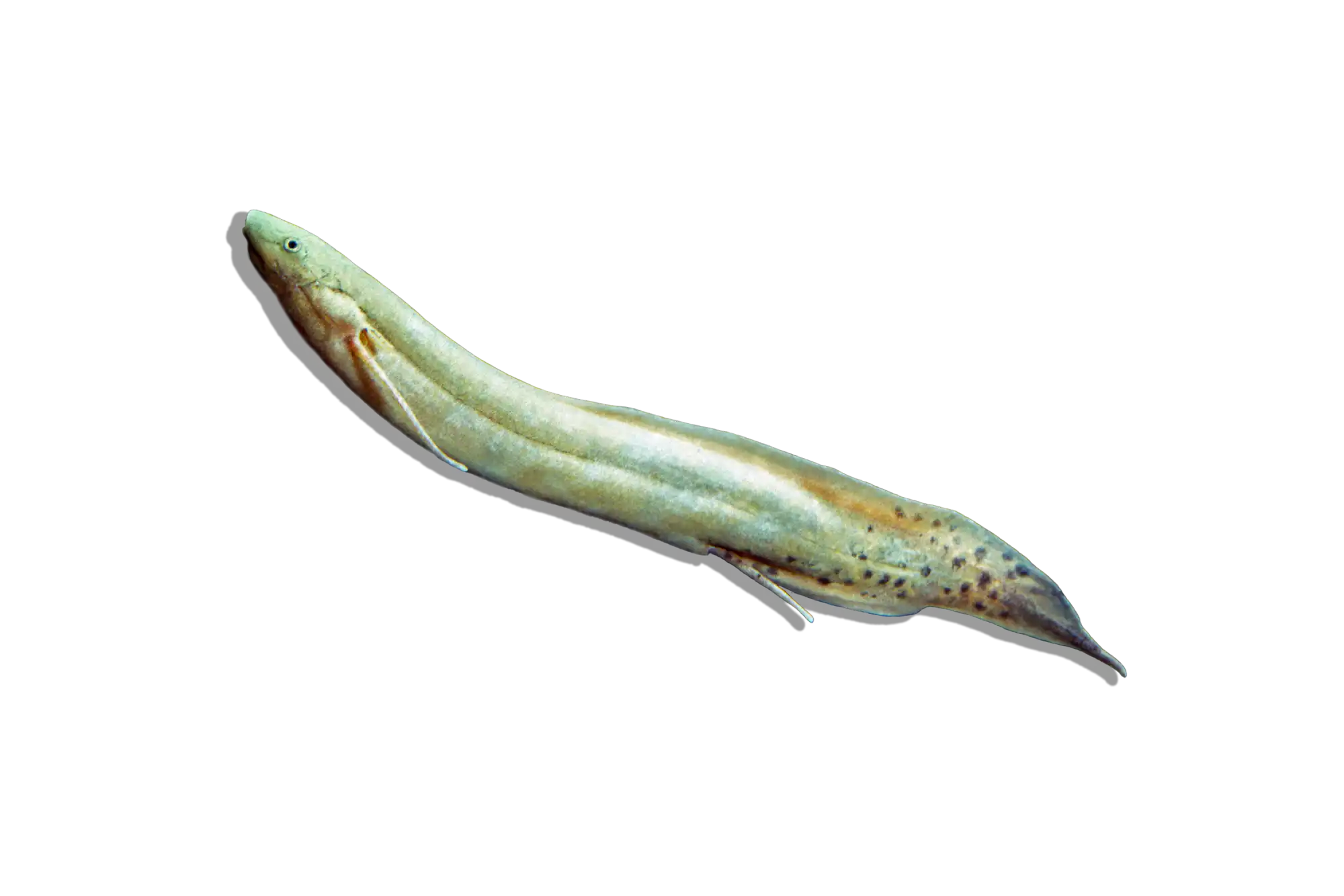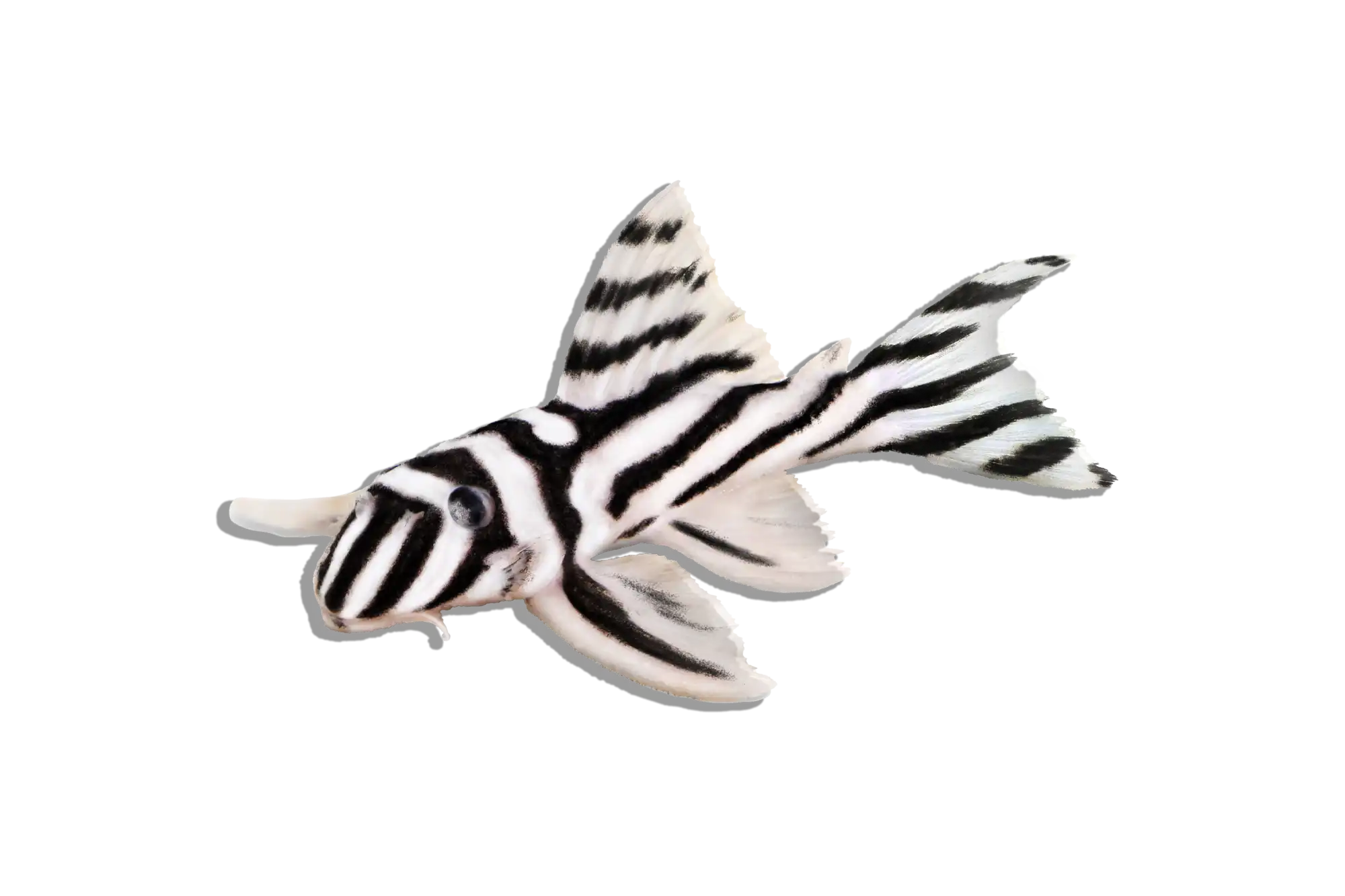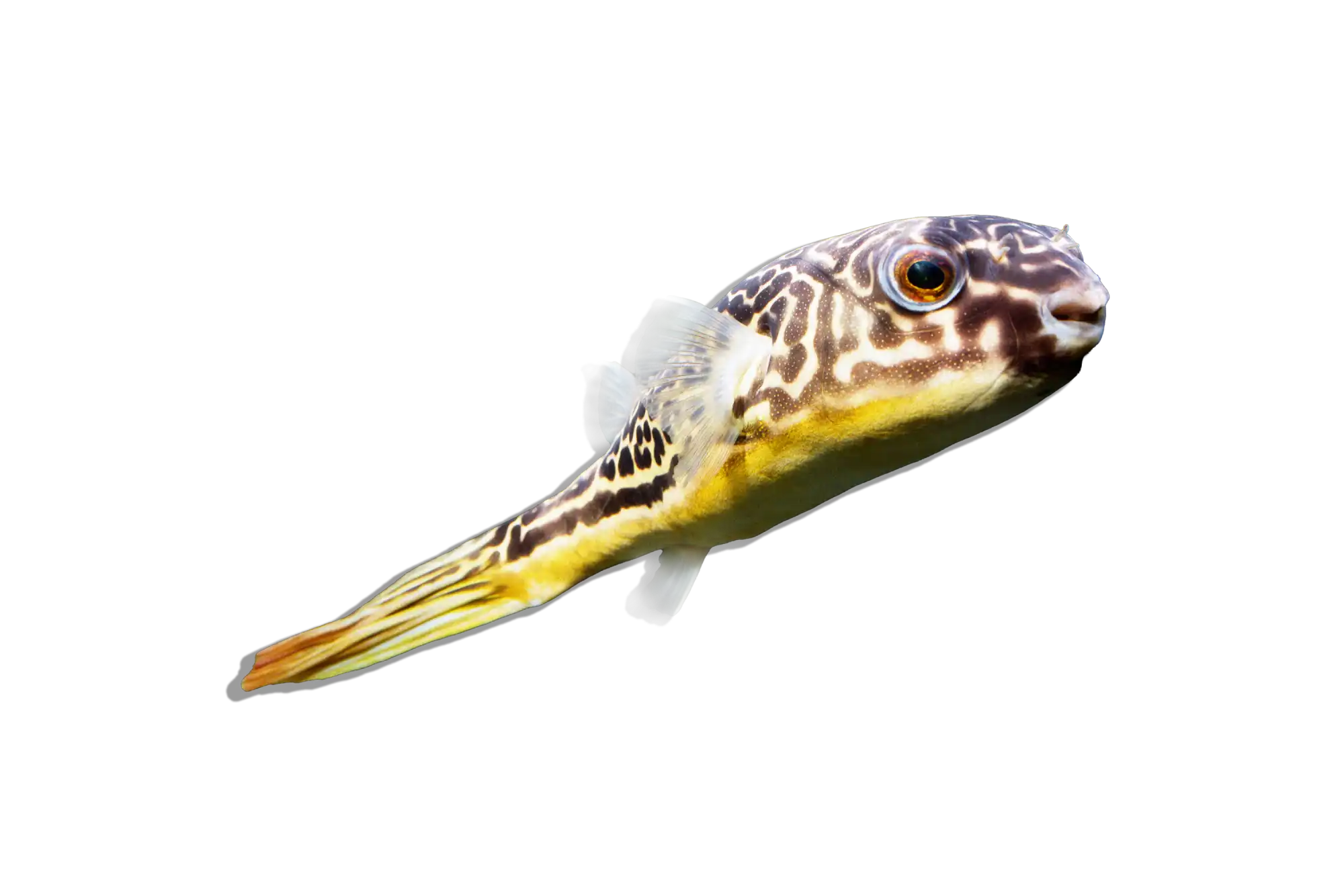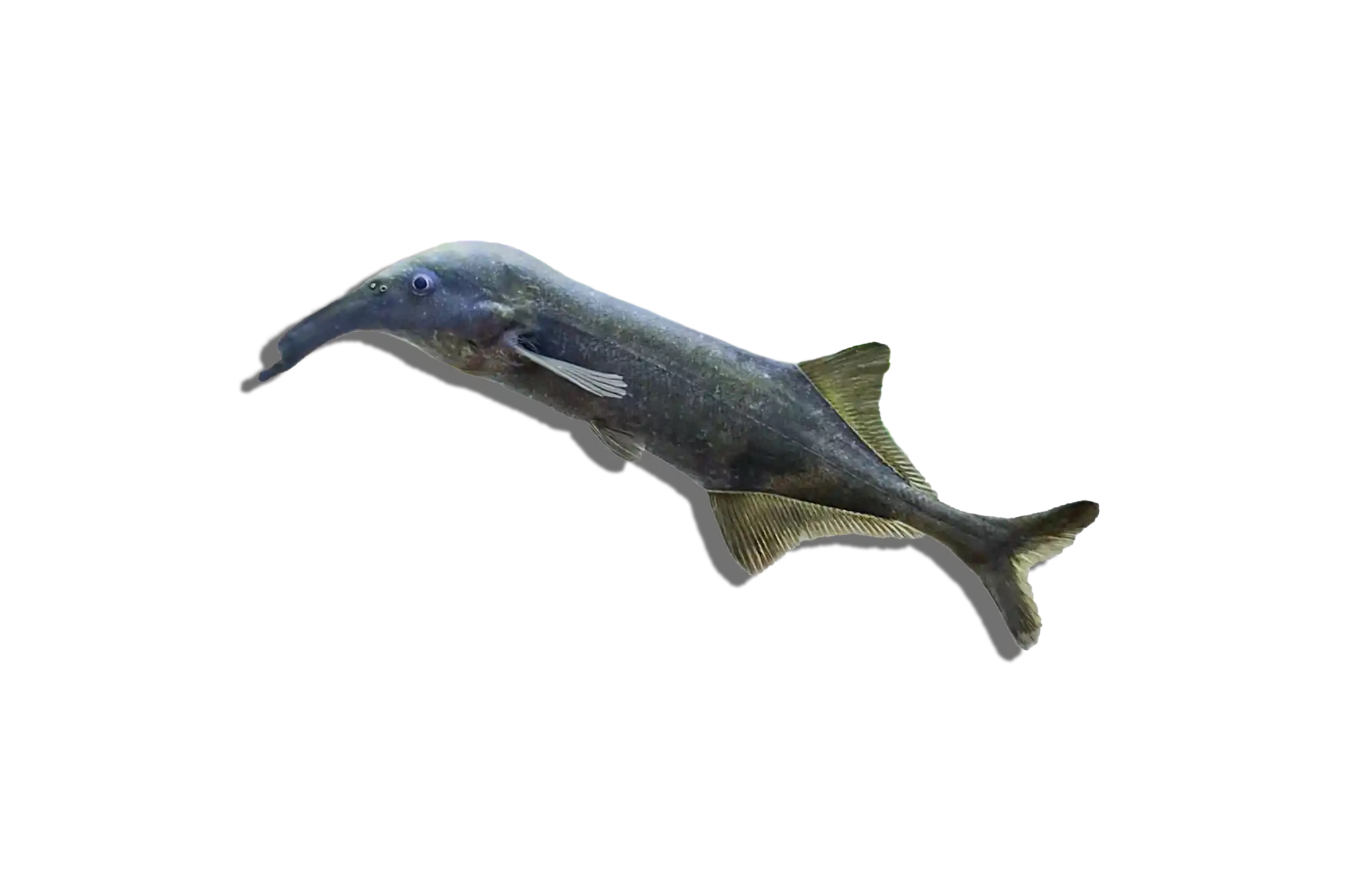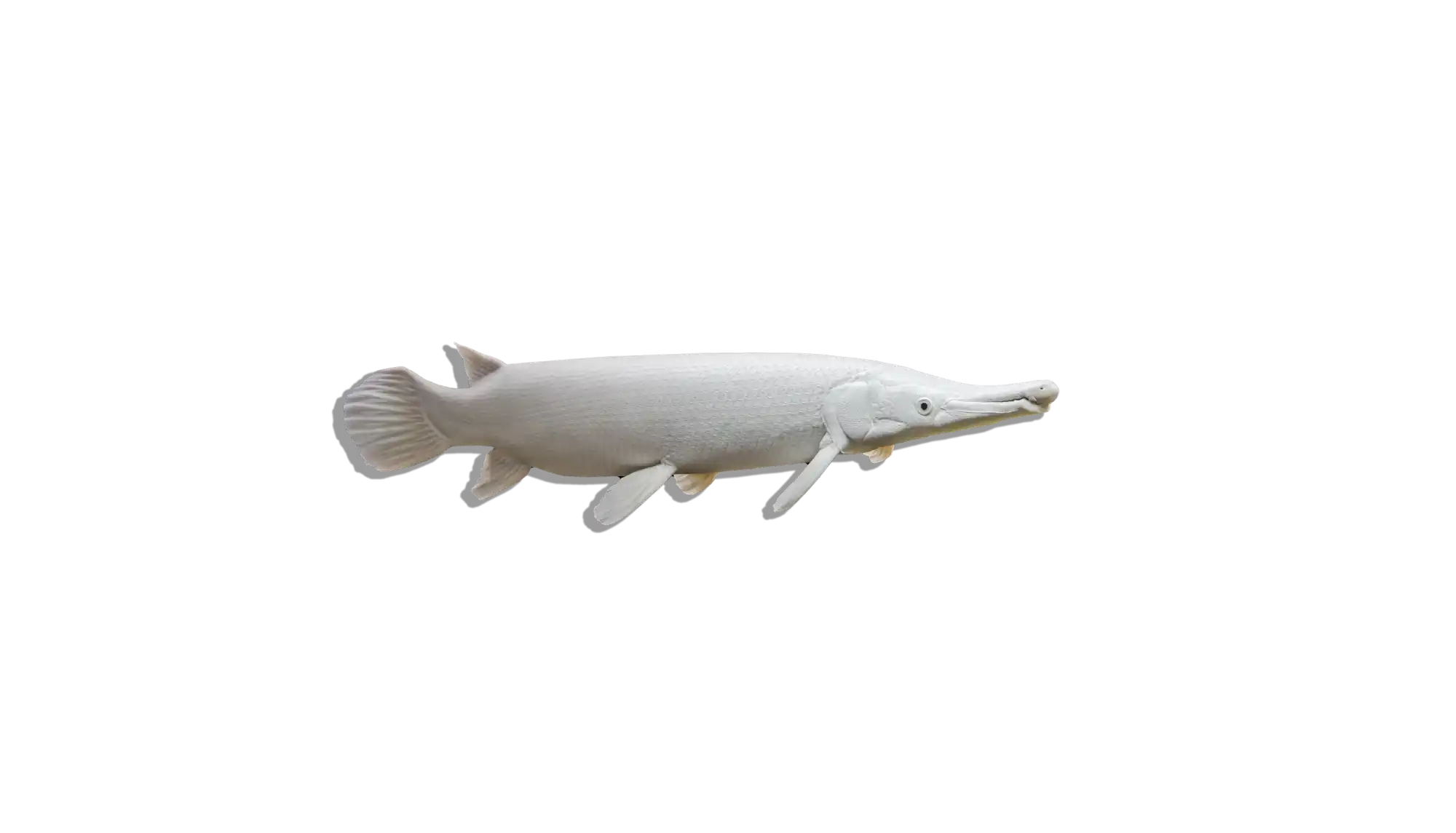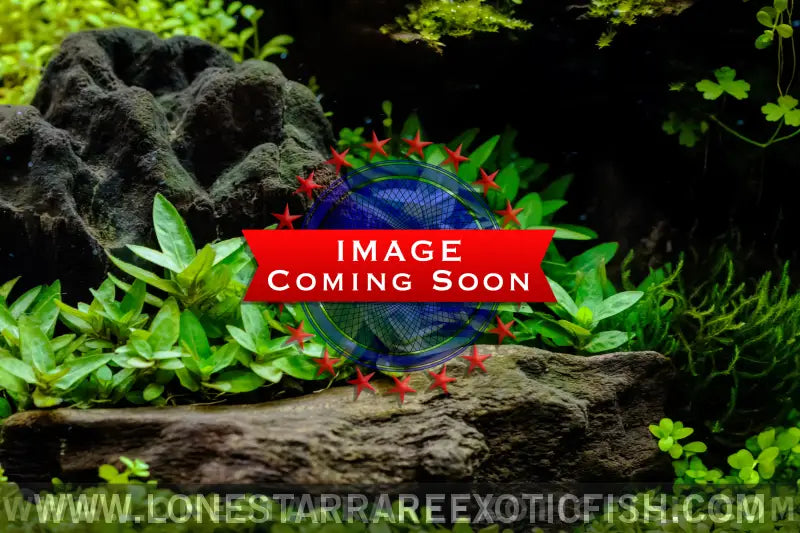Description
Common Name: Black Nasty Cichlid
Scientific Name: Nandopsis haitiensis
Other Names: Haitian Cichlid, Haitian Black Cichlid
The Black Nasty Cichlid is a highly aggressive and powerful species known for its striking black-and-white coloration and dominant personality. This large cichlid is one of the most aggressive species in the Nandopsis genus, making it a fish best suited for experienced aquarists who can accommodate its space and territorial needs. Males are typically solid black, while females have a more contrasting black-and-white pattern, with a bold, high-bodied shape and a large, thick head.
Habitat and Distribution: Nandopsis haitiensis is native to freshwater rivers and lakes in Haiti and the Dominican Republic on the island of Hispaniola. It inhabits rocky, fast-flowing rivers with moderate to hard water conditions, and it is well adapted to a range of environments, from clear waters to more turbid conditions with strong currents.
Size and Lifespan: Black Nasty Cichlids are large, reaching 12-16 inches (30-40 cm) in length, with males growing slightly larger than females. In captivity, they can live 10-15 years with proper care, a high-protein diet, and excellent water conditions.
Diet and Behavior: These cichlids are carnivorous and thrive on a diet rich in protein. Their diet should include:
- High-quality cichlid pellets or sticks
- Frozen or live foods such as shrimp, tilapia, mealworms, and earthworms
- Occasional vegetables like peas or zucchini for digestive health
Black Nasty Cichlids are extremely territorial and aggressive, often dominating or attacking tank mates. They are intelligent and will recognize their owners, sometimes showing interactive behaviors. Due to their aggression, they require a very large tank with careful planning for space and tank mates.
Breeding and Reproduction: Black Nasty Cichlids are biparental substrate spawners, meaning they lay eggs on flat surfaces like rocks or driftwood. Spawning pairs can become dangerously aggressive, attacking even the aquarist during tank maintenance. To encourage breeding:
- Keep a large, well-decorated tank with multiple caves and flat surfaces
- Maintain a diet rich in protein and stable water parameters
- Be prepared to separate the pair if aggression escalates
Once eggs are laid, both parents aggressively guard the eggs and fry. Fry should be fed baby brine shrimp or crushed flakes after hatching.
Aquarium Care and Tank Requirements: Given their size and aggressive nature, a single adult requires at least 125 gallons, while a breeding pair requires 180+ gallons. The tank setup should include:
- Substrate: Sand or fine gravel
- Decor: Heavy rocks, caves, and driftwood to create defined territories
- Filtration: High-powered filtration (such as canister filters or sumps) to handle their high bioload
- Water Flow: Moderate to strong current to replicate their natural habitat
- Water Changes: Frequent large water changes (30-50% weekly) to maintain excellent water quality
Ideal Tank Mates: Highly limited. Black Nasty Cichlids are best kept alone or as a breeding pair. If tank mates are attempted, they must be large, robust species that can withstand aggression, such as:
- Large Central American cichlids (Jaguar Cichlids, Dovii, Cuban Cichlids)
- Large Pimelodid or Synodontis catfish
- No small or peaceful fish—they will be attacked or killed
Difficulty Level: Advanced. Due to their aggression, tank size requirements, and water quality demands, they are only recommended for experienced cichlid keepers.
Water Parameters:
- Temperature: 76-82°F (24-28°C)
- pH: 7.0-8.0 (they prefer hard, alkaline water)
- General Hardness (GH): 10-20 dGH
- Carbonate Hardness (KH): 6-12 dKH
- Ammonia: 0 ppm
- Nitrite: 0 ppm
- Nitrate: <20 ppm (requires frequent water changes)
Additional Information: The Black Nasty Cichlid is one of the most aggressive cichlids available, often attacking tank mates and even biting hands during maintenance. Fun fact: While juveniles have a black-and-white pattern, males typically darken to solid black as they mature, while females retain their contrasting pattern. Their dominance and power make them an exciting species for dedicated, advanced aquarists who enjoy keeping large, challenging cichlids.

